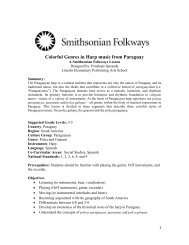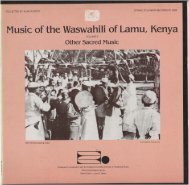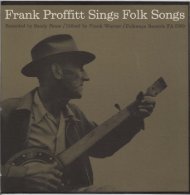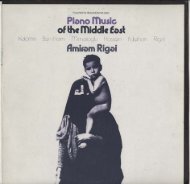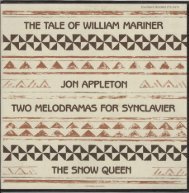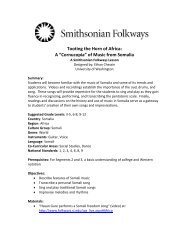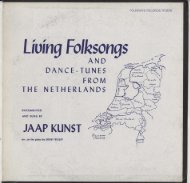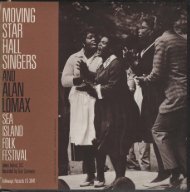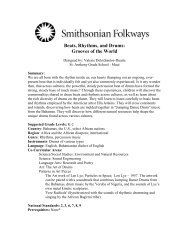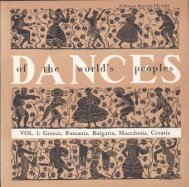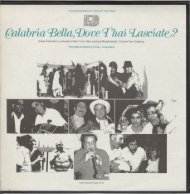You also want an ePaper? Increase the reach of your titles
YUMPU automatically turns print PDFs into web optimized ePapers that Google loves.
Nineteen ninety-five marked the 50th anniversary of the end of WorldWar II, a conflict in which tens of thousands of American Indians enlisted in allbranches of service to fight, and, in many cases, die for their country. Despitetheir exemption from the draft - citizenship did not extend to Indians until1924 - they had volunteered as well in World War I and would in the Korean,Vietnam and Gulf Wars (fig. 1). In fact, with every new opportunity to serve,Indian people have stood ready to resume their ancient and traditional role ofwarrior, to protect their families and what they continue to see as thIDr land,tlJ.lli.r country.By the end of the 19th century the figure of the American Indian warriorbegan to fade and lose its importance. With the context for the warrior'sexistence at an end, those who had distinguished themselves in combat, eitheragainst former Indian enemies or the white man, began to die off and theiraccomplishments in battle were relegated to tribal memory.But the outbreak of international hostilities beginning with the firstWorld War provided Indian men once again the opportunity to regain their formerwarrior status by enlisting in the Armed Forces. By 1990, their numbershad increased to nearly 200,000. Thus the context and mechanism for manyformer practices associated with Indian warfare were revived on reservations:send-off dances were held for departing soldiers; servicemen were welcomedhome from abroad (fig. 2) in centuries-old ceremonies used to reincorporatethose who had successfully returned from battle.The honor accorded Indian veterans of American wars is nowheremore evident than in today's powwow, which begins with a Grand Entry. Thisparade of dancers enters from an opening on the east side of the dance ring andcircles the central arbor of singers at the drum, moving "sunwise" (clockwise).The parade is led off by rows of veterans carrying flags representing the variousconflicts they served in. The oldest (intertribal) wars are memorialized with"Indian flags" - long staffs terminating in crooks, with rows of eagle featherssewn on strips of cloth fastened lengthwise to the poles. Many of these date backto wars from the 19th century; some of them are family heirlooms, brought outon these occasions and considered the co=on property of the warriors fromthat family. Often the various United States military medals earned by familymembers over the years are pinned to an Indian feather flag. This Indian flag isin fact a vestige of the feathered "coup stick" (see front cover), which formerlycould serve as a weapon but was also brought into battle and implanted in theground, signifying a point behind which members of the warparty were notallowed to retreat. Or, like regimental colors, the flag would be carried into combatby one of the bravest warriors, who ran back and forth with it during afight, offering a target for the enemies but defending the banner with his life.Behind the Indian flags in the Grand Entry are a variety of Americanand Canadian flags, representing more recent conflicts and veterans' organizations:the black and white POW-MIA flag, symbolizing the Vietnam War, and themost recent addition, the green Saudi flag to signify the Gulf War. Most nonIndians at a powwow, aware of the poor economic conditions of Indian peopleand the prejudice shown towards the first Americans, are surprised at such anexhibition of "patriotism" until it is explained that Indian people honor theseflags because they consider North America to be their country, and the enlistmentof servicemen to represent ~ warriors going into battle to serve :t.llIDrpeople and protect ~ land.Indian people are painfully aware that their contribution to the defenseof the country has gone relatively unnoticed by the larger society. How manyAmericans, for example, recognize that one of the servicemen shown raising the



